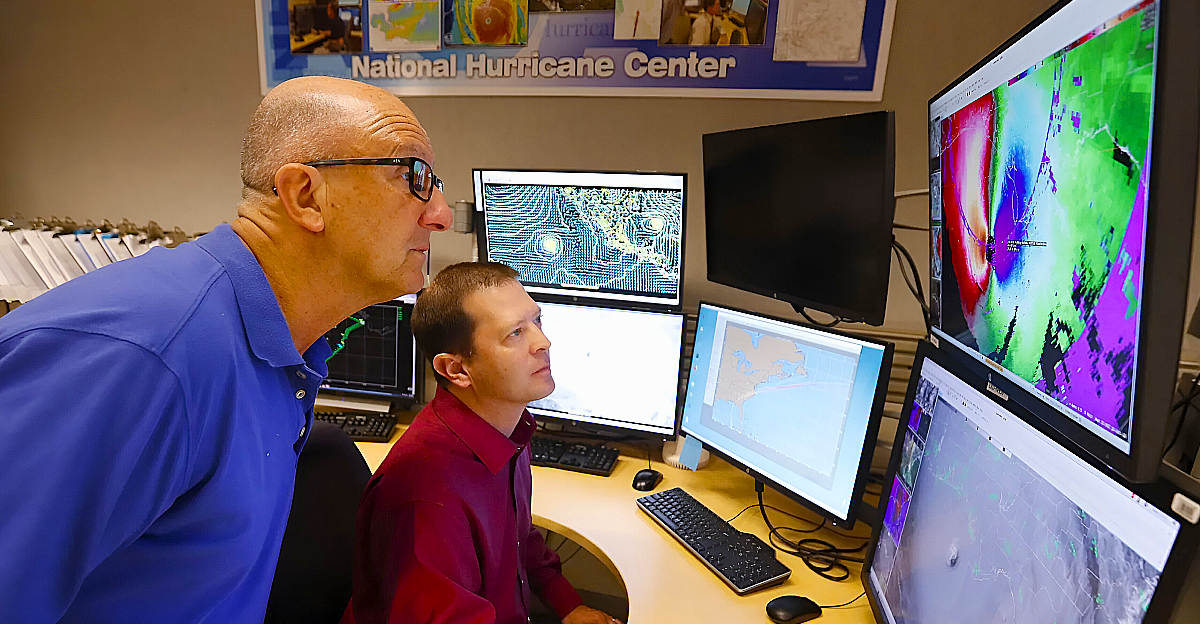
The National Hurricane Center (NHC) is closely monitoring a low-pressure system located about 450 miles east of Bermuda, the first significant development of the 2025 Atlantic hurricane season.
As of June 22, satellite imagery showed early signs of the system’s organization, with showers and thunderstorms forming around the well-defined surface circulation. Although there is no current threat to land, its evolution is being carefully watched by meteorologists and maritime interests.
Potential for Short-Lived Development
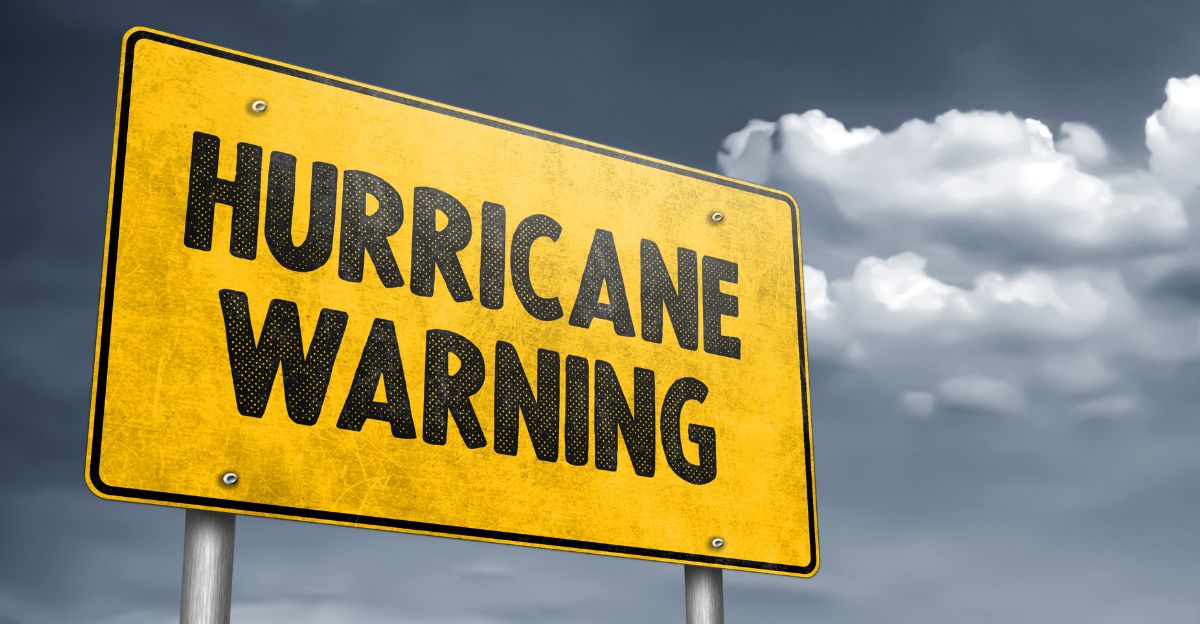
However, according to hurricane specialist Philippe Papin, a tropical depression could develop within the next 24 hours, with a 40% chance of developing into one in 48 hours.
If conditions remain favorable, it could briefly reach this status before environmental factors become less conducive to further development. By June 24, the system is expected to encounter increased wind shear and cooler waters, which will likely prevent it from strengthening into a named storm. This rapid shift in conditions underscores the unpredictable nature of early-season Atlantic disturbances.
Trajectory and Land Impact

Forecasts project the system will move northeastward at speeds between 5 and 10 mph, staying over the open waters of the Central Atlantic. The trajectory ensures that the disturbance will not make landfall or directly threaten populated areas.
The NHC has emphasized that while the risk to land is minimal, maritime interests should remain vigilant as the system evolves. This time, the open-ocean path also limits the potential for coastal flooding or wind damage.
Broader Seasonal Outlook

The 2025 Atlantic hurricane season, which began on June 1, is expected to be more active than usual, with some forecasts predicting more than a dozen named storms.
Although the current system’s prospects are limited, long-range outlooks from the Climate Prediction Center point to no further disturbances in the Atlantic basin, including the Caribbean, before July 8. This suggests a temporary lull in activity, but the overall season remains primed for heightened storm formation as warmer months progress.
Eastern Pacific Activity

Conversely, while the Atlantic remains quiet, the Eastern Pacific hurricane season has already produced five named storms since May 15. Notably, Hurricane Erick made landfall near Puerto Escondido, Mexico, as a Category 3 storm, causing substantial coastal damage and flooding.
Another system offshore Central America is being monitored with a 70% chance of developing into a tropical depression later in the week, indicating a stark contrast in activity between the two basins.
Impacts on Marine Wildlife
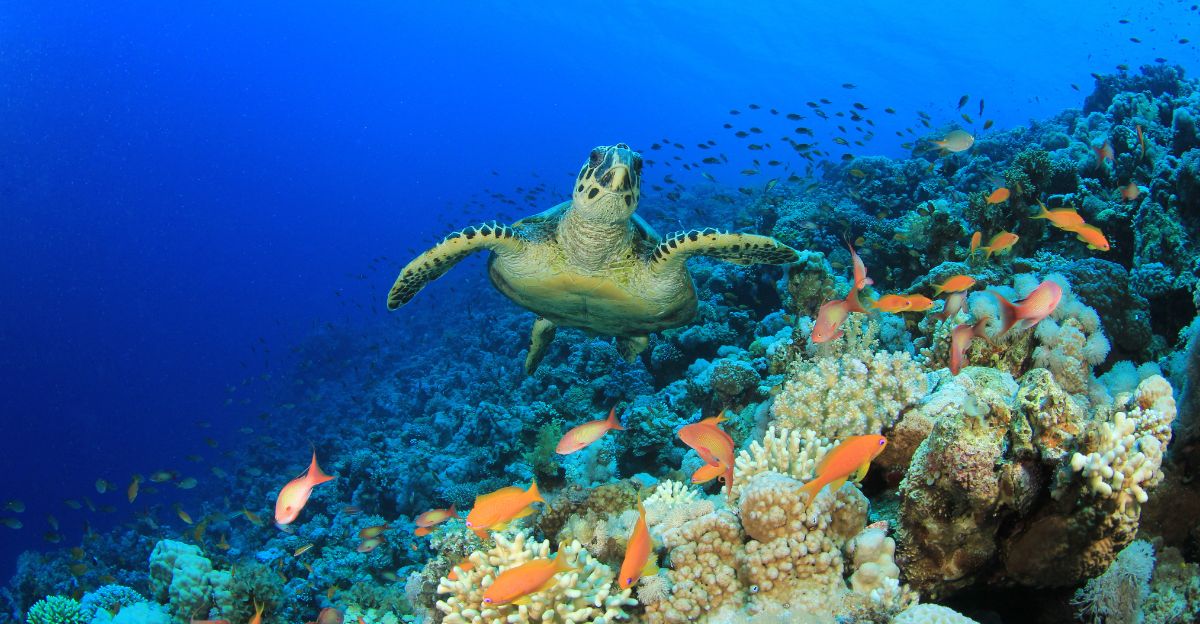
Hurricanes and tropical cyclones significantly impact marine ecosystems, even when they do not make landfall. The powerful waves and currents generated by major storm events disrupt the water column by mixing warm surface water with the cooler, oxygen-depleted layers beneath the waves.
This can lead to the suffocation of marine animals, primarily slow-moving species like turtles, fish, and benthic organisms that are unable to escape the turbulent waters.
Coral reefs are particularly susceptible to this developmental environment, as strong waves can severely break up reef structures or bury them under heavy sediment.
Effects on Coastal and Terrestrial Wildlife

Even if hurricanes fail to make direct landfall, they can significantly impact sea and migratory birds, altering nesting sites and causing habitat loss through flooding and wind.
Saltwater intrusion from storm surges may change the salinity of coastal wetlands and freshwater lakes, stressing plants and animals adapted to specific conditions.
Tree loss from high winds reduces nesting sites and food sources for birds and mammals, while flooding can drown terrestrial vertebrates, particularly juveniles and less mobile species.
Resilience and Recovery of Ecosystems
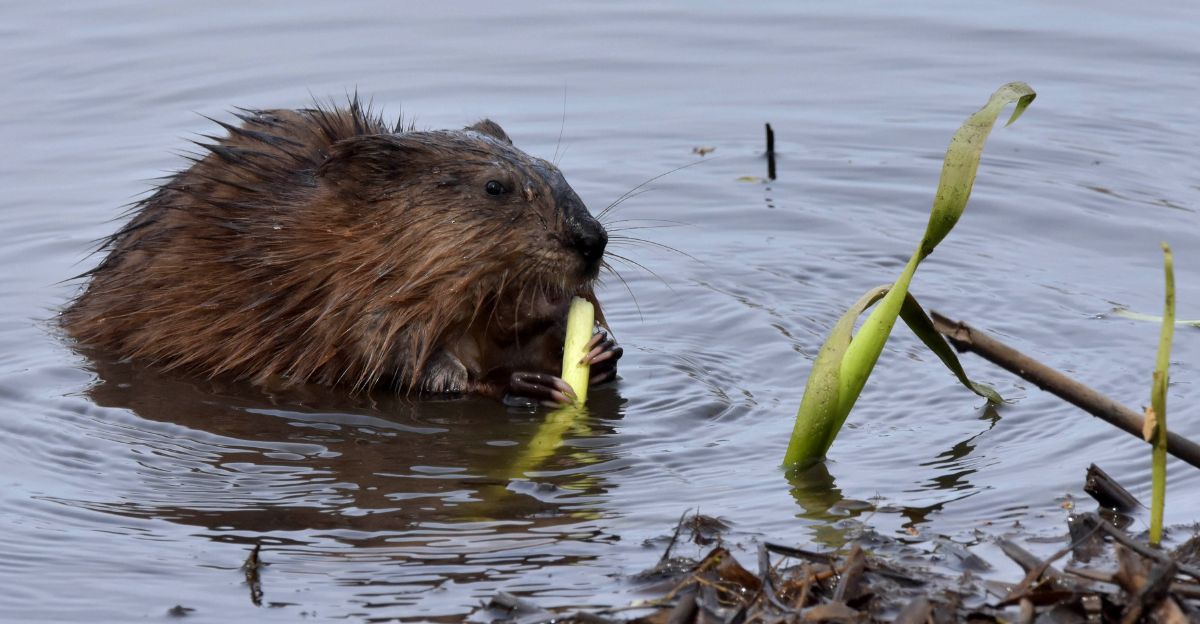
Nature often demonstrates remarkable resilience in the aftermath of storms, with many invertebrate and vertebrate populations recovering quickly if adjacent unaffected areas exist or if species are highly mobile.
However, species with already declining populations or restricted habitats, such as certain reptiles and amphibians, may suffer long-term declines. For example, muskrats and juvenile frogs have experienced high mortality from storm-related flooding, while some fish assemblages show resilience over longer timescales.
Indirect and Long-Term Ecological Impacts
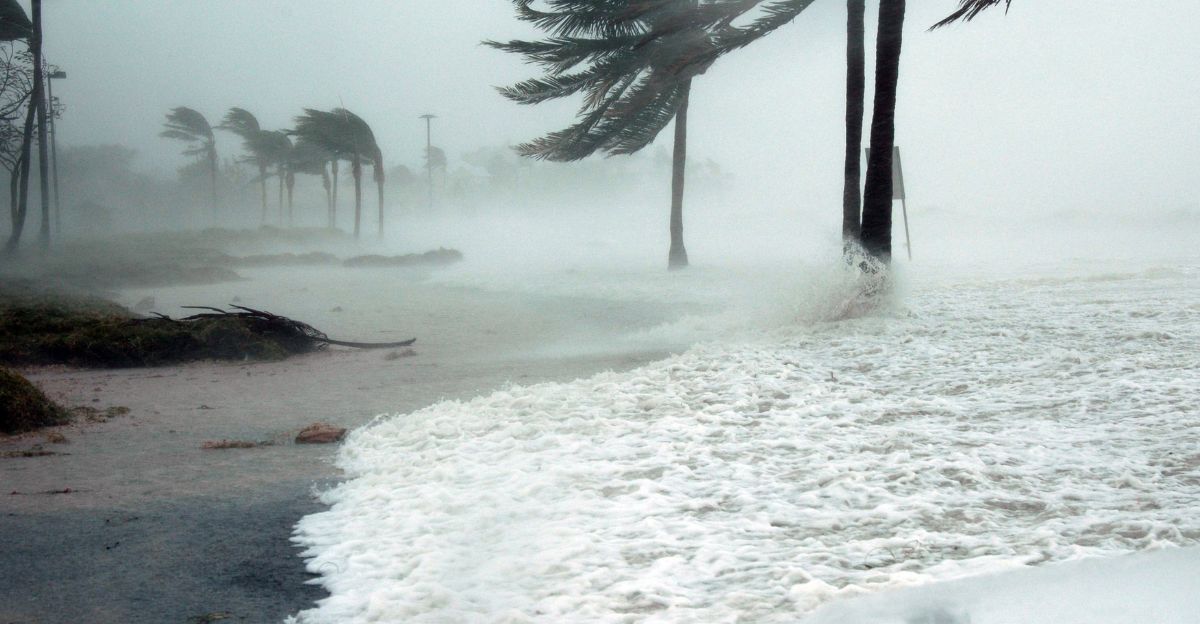
Beyond immediate mortality, hurricanes can cause lasting ecological changes. A storm’s sediment and pollution runoff can increase water turbidity, for instance, affecting entire coastal habitats.
Displacement of animals may lead to altered migration patterns or local extinctions if suitable habitats are not available. The loss of stabilizing plants on dunes and beaches can accelerate erosion, further threatening nesting birds and other wildlife dependent on these environments.
Importance of Preparedness and Monitoring
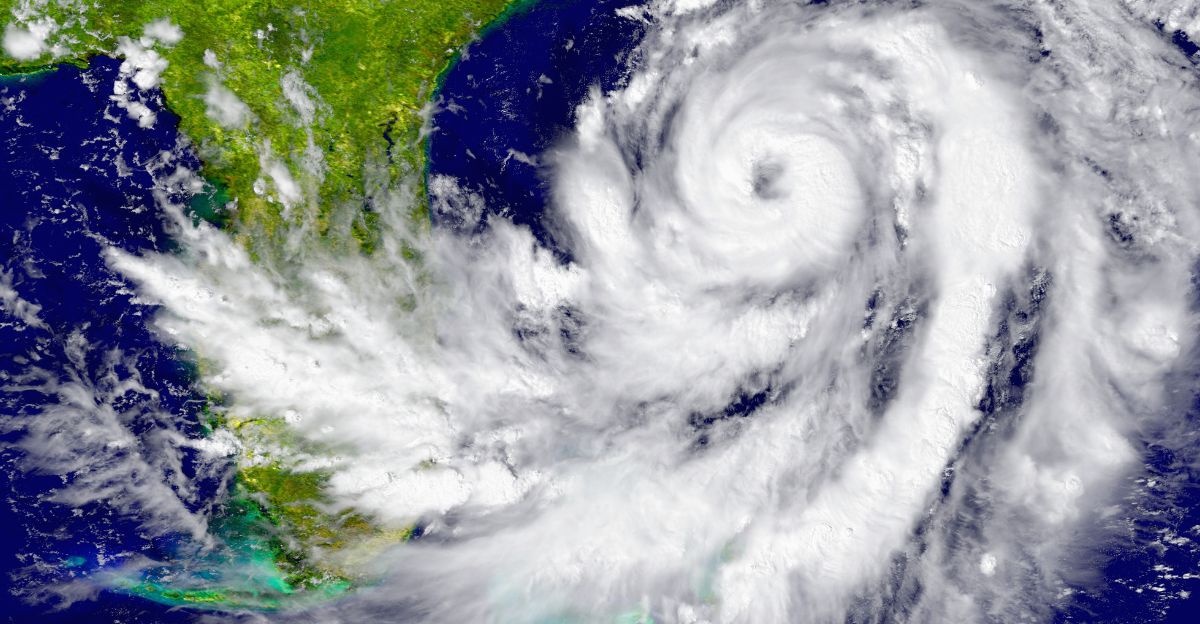
While the current system east of Bermuda is not very likely to develop into a major storm or threaten land, the NHC emphasizes the importance of remaining prepared for all people living in hurricane-prone areas.
Even a single storm can have devastating consequences for communities and ecosystems alike. Ongoing monitoring and research are essential to understanding and mitigating hurricane impacts on human and wildlife populations, ensuring that recovery and conservation efforts are informed and effective.
Explore more of our trending stories and hit Follow to keep them coming to your feed!

Don’t miss out on more stories like this! Hit the Follow button at the top of this article to stay updated with the latest news. Share your thoughts in the comments—we’d love to hear from you!







